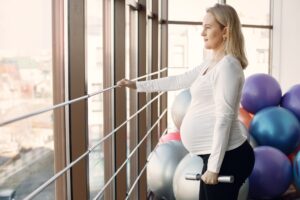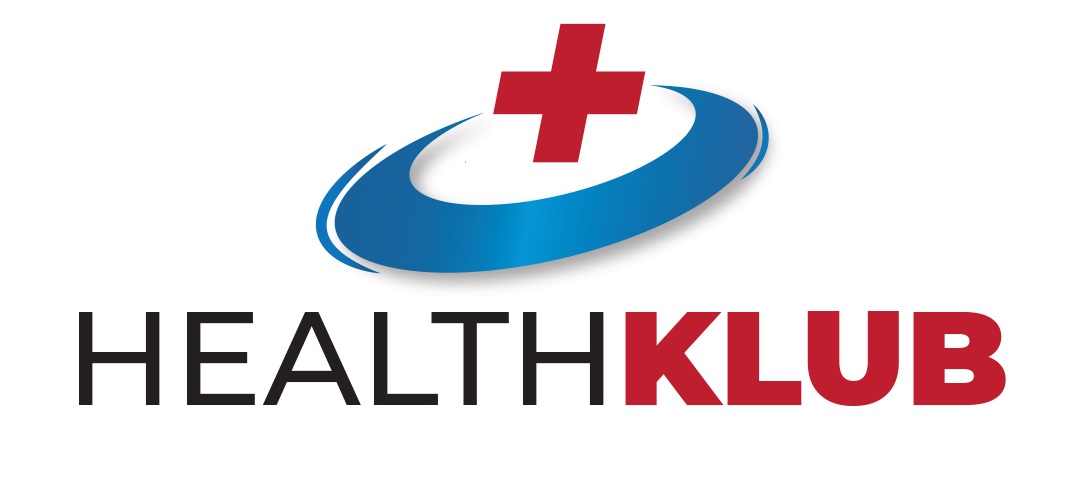Introduction
Embarking on the journey of pregnancy while maintaining a passion for bodybuilding requires careful consideration and adjustments to ensure the health and well-being of both the mother and the developing baby. Balancing these two aspects of life can be challenging, but with the right approach, pregnant bodybuilders can navigate this unique experience successfully. In this blog post, we’ll explore the “do’s” and “don’ts” for pregnant bodybuilders, offering guidance on how to maintain fitness and health during this transformative time.
The “Do’s” for Pregnant Bodybuilders
Consult with a Healthcare Professional:

Consulting with a healthcare professional before continuing or adjusting your fitness routine during pregnancy is essential. This precautionary step allows your healthcare provider to offer personalized advice tailored to your individual health and specific pregnancy needs. The consultation ensures that we align your exercise plan with the safety and well-being of both you and your baby, taking into consideration any potential risks or modifications necessary to support a healthy and safe pregnancy.
Prioritize Safety and Comfort:
Prioritizing safety and comfort during pregnancy involves adapting your workout routine to minimize potential risks and enhance overall well-being. Opt for lower-impact exercises that are gentler on the joints, reducing the likelihood of injuries. Lowering weights and concentrating on maintaining proper form ensures a safe and effective workout, considering the physical changes that accompany pregnancy. It’s essential to tailor your routine to accommodate these changes, promoting a healthy and sustainable fitness regimen throughout pregnancy. This approach not only safeguards the well-being of both the expecting mother and the baby but also contributes to a positive and enjoyable exercise experience during this transformative period.
Stay Hydrated and Nourished:
Staying hydrated and nourished is essential, particularly for bodybuilders during pregnancy. Adequate water intake is crucial to maintaining hydration levels, supporting bodily functions, and aiding in the unique physiological demands of pregnancy. It is equally important to focus on a well-balanced diet that aligns with both fitness goals and the specific nutritional needs associated with pregnancy. Proper nutrition not only sustains the bodybuilder’s energy levels but also supports the development of the growing baby. Striking a balance between fitness-oriented dietary choices and essential nutrients required during pregnancy is key to overall health. These practices contribute to the well-being of both the mother and the baby, emphasizing the significance of maintaining hydration and proper nutrition throughout the entire pregnancy journey.
Listen to Your Body:
Listening to your body is paramount, especially during pregnancy. Paying close attention to its signals during exercise is crucial for a safe and enjoyable workout experience. If you encounter discomfort, dizziness, or unusual symptoms, it’s essential to be prepared to modify or halt your workout. Pregnancy induces various physiological changes, impacting factors such as circulation, joint flexibility, and energy levels. Adapting your fitness routine in response to these changes is vital to ensure the well-being of both you and your baby. Attuning to your body’s cues allows you to take a proactive approach, fostering a workout routine that not only is safe but also tailored to the evolving needs of your pregnancy.
Engage in Prenatal Exercise Classes:
Engaging in prenatal exercise classes tailored for pregnant women can offer numerous benefits. These specialized classes are designed to address the unique challenges presented by each trimester of pregnancy, providing exercises that are both safe and beneficial. Participating in such classes not only ensures that the workout regimen aligns with the evolving needs of pregnancy but also fosters a supportive community. Sharing the experience with other expecting mothers creates a network of encouragement and understanding. Prenatal exercise classes often incorporate expert guidance, ensuring that participants receive appropriate exercises and modifications to accommodate the changing physiology of pregnancy. This communal and guided approach enhances both the physical well-being of the pregnant individuals and their emotional support, creating a positive and inclusive environment for maintaining a healthy fitness routine throughout pregnancy.

Include Pelvic Floor Exercises:
Incorporating pelvic floor exercises into your routine during pregnancy is highly beneficial for both immediate well-being and postpartum recovery. Strengthening the pelvic floor muscles can contribute significantly to maintaining pelvic health, reducing the risk of issues during pregnancy, and aiding in recovery after childbirth. These exercises involve engaging and toning the muscles that support the bladder, uterus, and bowels, addressing the unique challenges posed by the increased weight and pressure on these areas during pregnancy. By actively incorporating pelvic floor exercises, you not only promote muscle strength but also enhance overall stability and reduce the likelihood of complications such as incontinence. Moreover, the positive impact extends to the postpartum period, assisting in the recovery process and minimizing potential issues related to pelvic health. Prioritizing these exercises is a proactive step towards ensuring a healthy and resilient pelvic floor throughout the transformative journey of pregnancy and childbirth.
The “Don’ts” for Pregnant Bodybuilders
Avoid Lying Flat on Your Back After the First Trimester:
As pregnancy advances, it is advised to avoid lying flat on your back, particularly after the first trimester. This position has the potential to reduce blood flow to the uterus due to the increasing weight of the uterus pressing on major blood vessels. To promote optimal circulation and minimize any potential risks to the developing fetus, it is recommended to choose incline positions during exercises instead. These inclined positions help alleviate pressure on blood vessels, ensuring proper blood flow to the uterus. This precautionary measure is part of a comprehensive approach to maintaining the health and well-being of both the expectant mother and the baby during physical activities.
Steer Clear of High-Risk Activities:
It is advisable to steer clear of high-risk activities during pregnancy to prioritize the safety of both the mother and the developing fetus. Avoid activities that pose a significant risk of falling or impact, such as heavy lifting, contact sports, or exercises with the potential for abdominal trauma. The goal is to minimize the likelihood of injuries or complications that could arise from these high-risk activities, as the body undergoes changes during pregnancy that can impact its ability to withstand certain physical stresses. By avoiding such activities, expectant mothers contribute to a safer and healthier pregnancy journey.
Say No to Overexertion:
During pregnancy, it’s crucial to refrain from overexertion, excessive fatigue, and prolonged periods of intense exercise. Rooted in the understanding that the body undergoes significant changes during this time, and pushing one’s physical limits can pose potential risks to both the mother and the developing baby, this precautionary approach guides our approach. Instead, the emphasis should be on maintaining a moderate and sustainable exercise routine that supports overall well-being. Prioritizing balance and listening to the body’s signals become essential, ensuring that physical activity contributes to a healthy pregnancy without causing undue stress or fatigue. This measured approach aligns with the overarching goal of promoting a safe and comfortable exercise regimen throughout the duration of pregnancy.
Limit Exercises on Your Back:
While people typically consider mild back-lying exercises safe during the early stages of pregnancy, it becomes advisable to limit such positions as the pregnancy progresses. This precaution stems from the potential for the weight of the growing uterus to compress major blood vessels, affecting blood circulation and potentially causing discomfort. To mitigate these risks, it is recommended to substitute back-lying exercises with seated or standing alternatives. Seated and standing positions help alleviate pressure on major blood vessels, ensuring better blood flow and minimizing the potential for adverse effects on both the expectant mother and the developing fetus. This adjustment is part of a thoughtful and proactive approach to adapt exercise routines to the changing needs of the body during pregnancy.
Avoid Extreme Temperature Environments:
It is crucial to avoid extreme temperature environments during pregnancy to ensure the safety and well-being of both the mother and the developing baby. Exercising in moderate temperatures is recommended to prevent overheating, a condition that can pose risks during pregnancy. Activities such as using hot tubs and saunas, or engaging in environments that may induce excessive sweating, should be avoided. Overheating can potentially impact the body’s fluid balance and raise concerns about dehydration and other complications. This precautionary measure aligns with the broader goal of maintaining a comfortable and safe exercise environment for pregnant individuals, prioritizing the stability of physiological processes and overall health during this unique and sensitive time.
Conclusion
Maintaining a bodybuilding routine during pregnancy is possible with thoughtful adjustments and a commitment to your well-being and that of your baby. By following the “do’s” and “don’ts” outlined above, pregnant bodybuilders can continue to pursue their fitness goals while embracing the transformative journey of motherhood. Always prioritize open communication with your healthcare provider to ensure a safe and healthy pregnancy experience.


